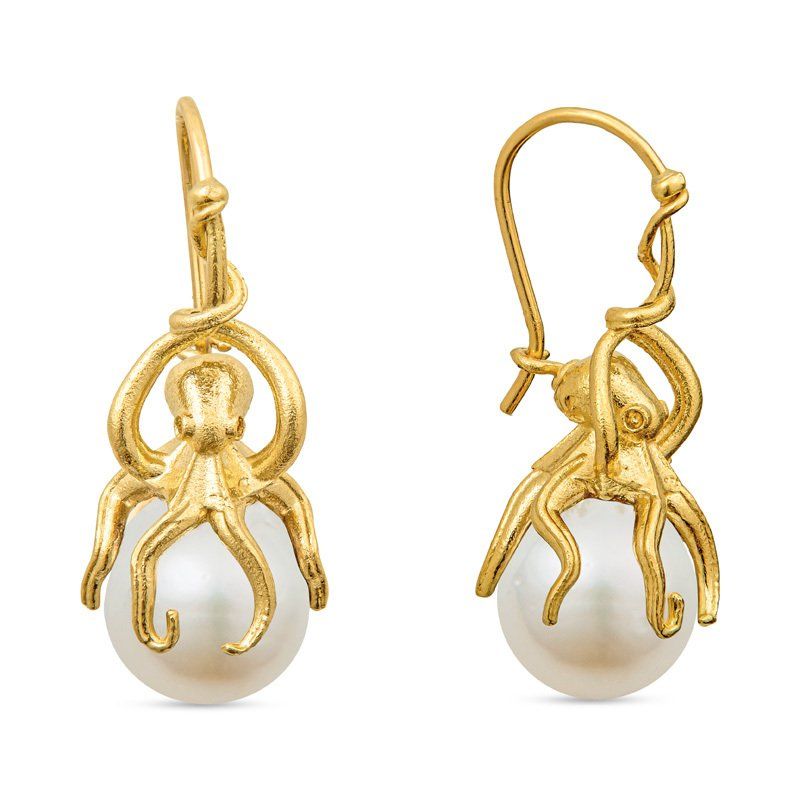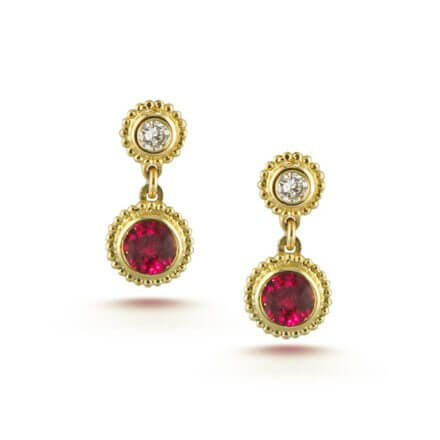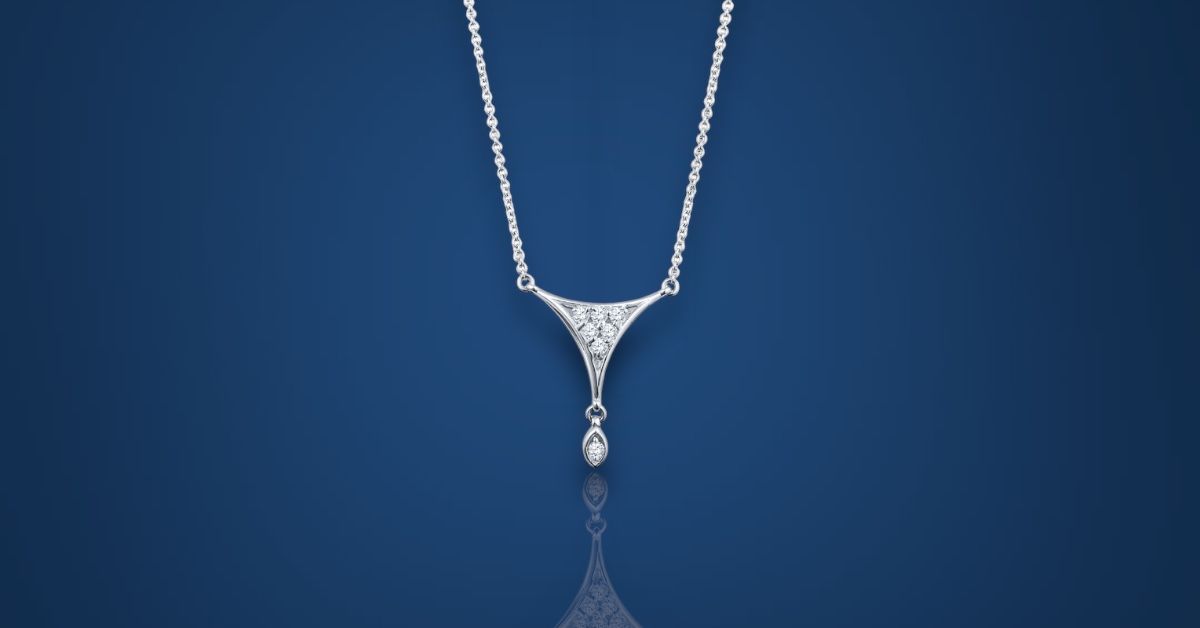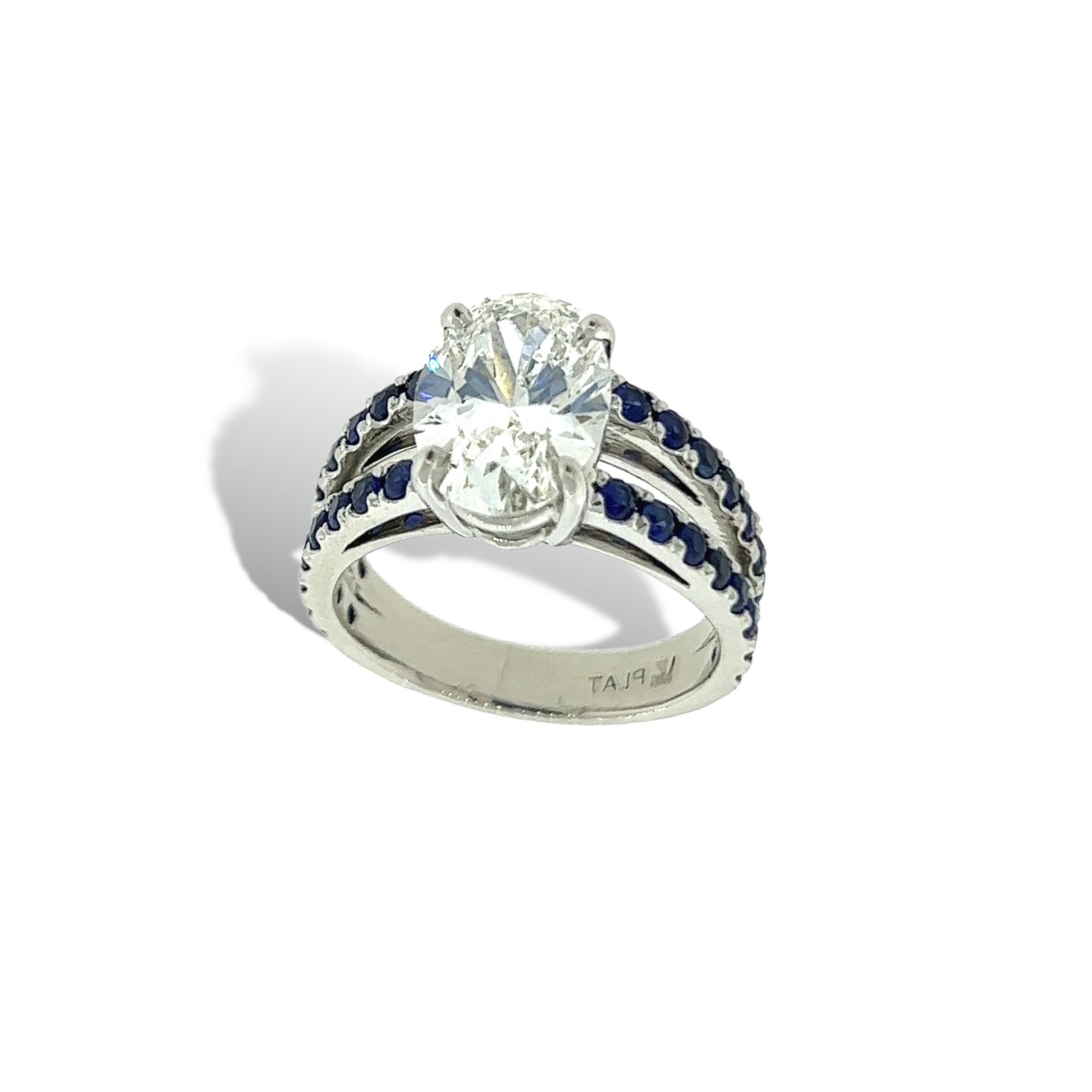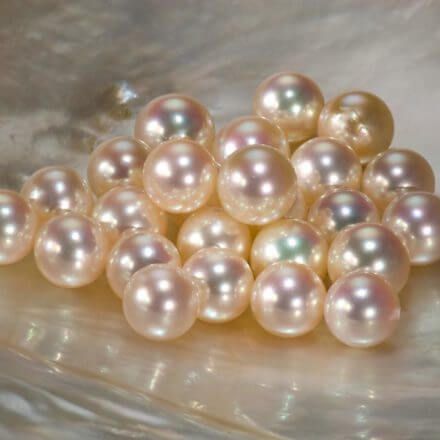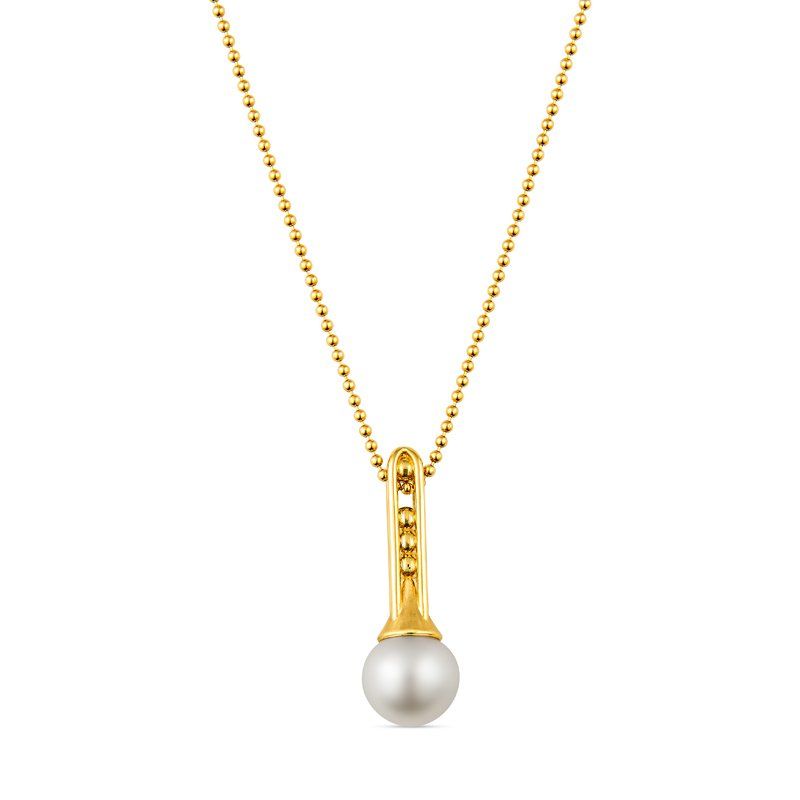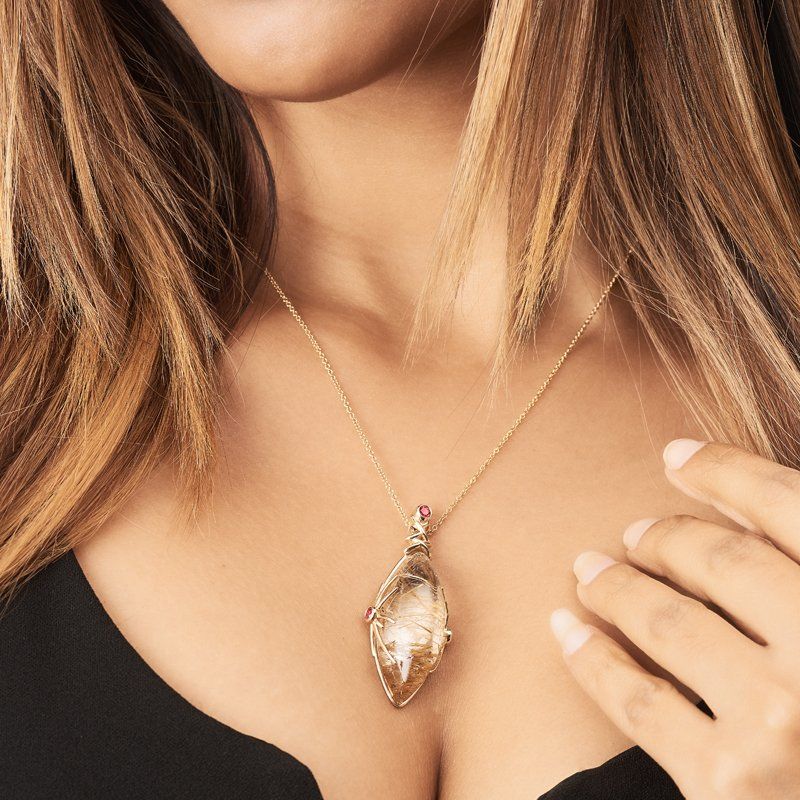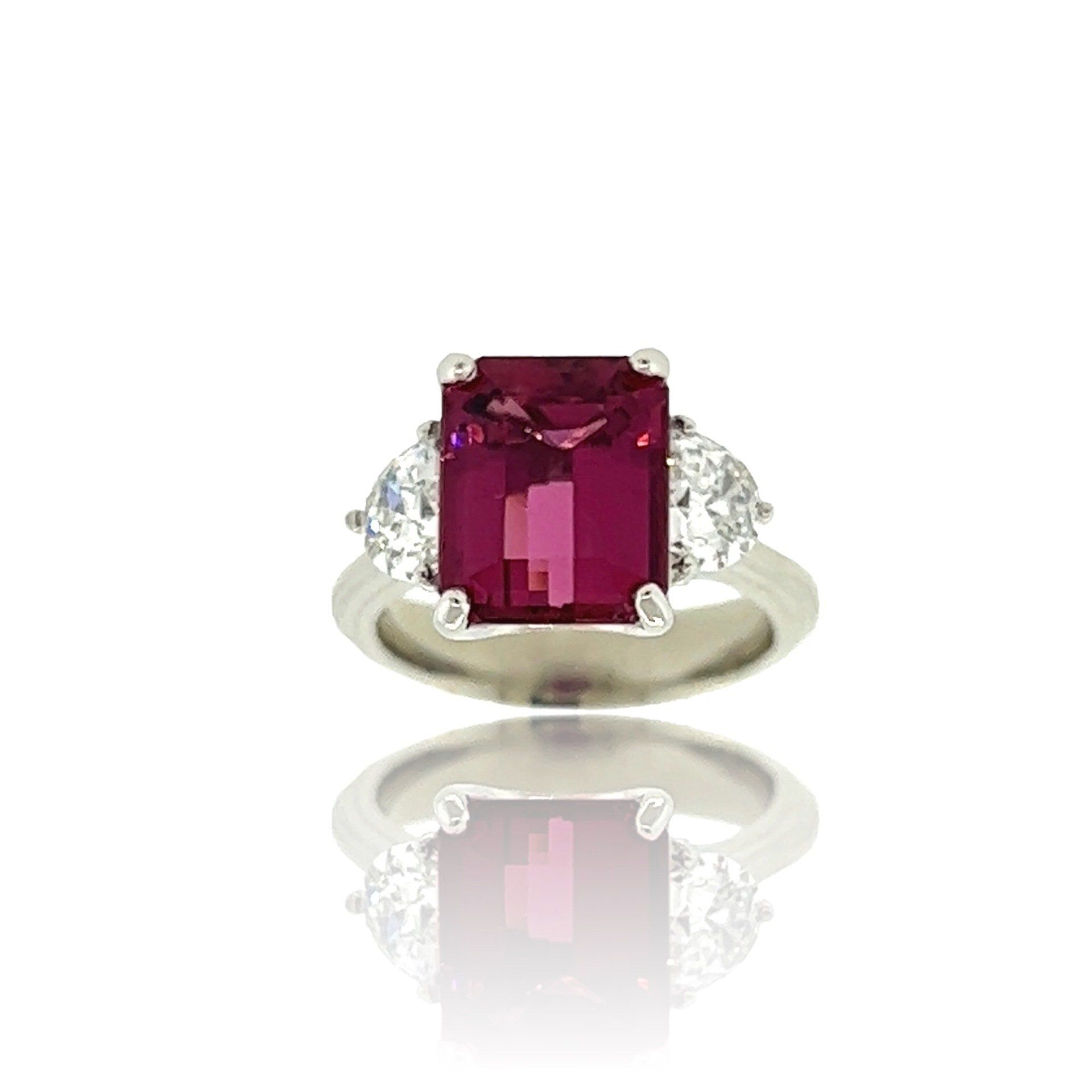Garnet
 ANT HILL GARNETS
ANT HILL GARNETS
One of our favorite stories about gemstones is one Phil often tells about ant hill garnets. The ants find garnets while excavating their underground passages, then bring the gems out of the hole at the top of their hill and discard them. Rain washes the garnets and moves them down the ant hill. These are limited in quantity and size, obviously due to the manner which they are “mined”.
Garnets are a set of closely related minerals that form a group, resulting in gemstones in almost every color. Red garnets have a long history, but modern gem buyers can pick from a rich palette of garnet colors: greens, oranges, pinkish oranges, deeply saturated purplish reds, and even some blues.
Thousands of years ago, red garnet necklaces adorned the necks of Egypt’s pharaohs, and were entombed with their mummified corpses as prized possessions for the afterlife. In ancient Rome, signet rings with carved garnets were used to stamp the wax that secured important documents.
Today garnets symbolize the birthstone of January, and the second wedding anniversary. Philip Voetsch has used fancy hessonite garnets in some of his one of a kind designs, and tsavorite garnets in some ring designs.
Medicine Wheel earrings with Pyrope garnets
Photo Credits:
GIA, Geology.com and Voetsch & Co.
The post Garnet appeared first on Official Jewelry By Design Website.
